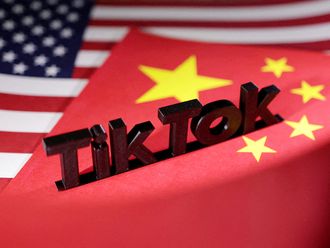Google announced the introduction of its Customer Match feature at the end of September, pushing the Google tools closer to a more targeted personalisation. This feature enables advertisers to upload a group of email addresses into Google Adwords, opening up capabilities that were previously out of reach.
The debate behind such a move was due to the privacy implications of such a tool. However, with Facebook and Twitter making moves in content personalisation with Tailored Audiences, it was time for Google to join the race. This column looks into the intricacies of the new tool, Customer Match, with some insight to some of the unique ways you can use it for your business.
What is Customer Match?
It allows you to upload email addresses of existing or previous customers into the Adwords database in the Audience Tab to target them with more personalised ads. Google then matches the email address to any Google log-ins that share that same email address.
One thing to note is that you must have more than 1,000 emails before you create your list. Google set this limit because it wanted to increase the privacy between the customer and the advertiser.
How can I use Customer Match?
If you are anything like the rest of us, by now your mind is spinning with the possibilities this type of a tool can offer a business. The main advantages businesses have identified so far are opportunities to re-engage old customers, create look-alike models to capture new customers and cross-promote services or products to existing customers. Let’s break this down into categories:
* Re-engage an older audience:
Re-capturing the attention of customers who have purchased a product only once from a business is an endless battle. Customer Match allows you to reach out to those audiences with messages tailored to their previous purchase in a way that retargeting lists haven’t been able to before.
* Look-alike audiences
Each business understands who their most loyal and profitable customers look like and Customer Match helps businesses capture certain types of behaviour within this powerful and important group. Customer Match can look for other consumers online with the same browsing and keyword search behaviour along with other helpful contextual tools.
* Upsell similar products
Customer Match enables your business to target existing customers with recommendations based on a service or product they have already purchased from your business. For example, if they recently purchased a tent for camping, you can use Customer Match to dangle several other camping related products in their wake. Combined with a robust look-alike strategy, your business will be able to give customers what they want, right in the moment they are looking for it.
The three techniques laid out here only scrape the surface of what businesses will do creatively with these new tools. With the right creative, copy and bidding structure, there are multiple ways your audience can be targeted in a more unique, personalised way.
With sophisticated personalisation driving the future of marketing and advertising, the only way to keep up is to try each tool available at your fingertips.
— The writer is CEO at Prototype.







